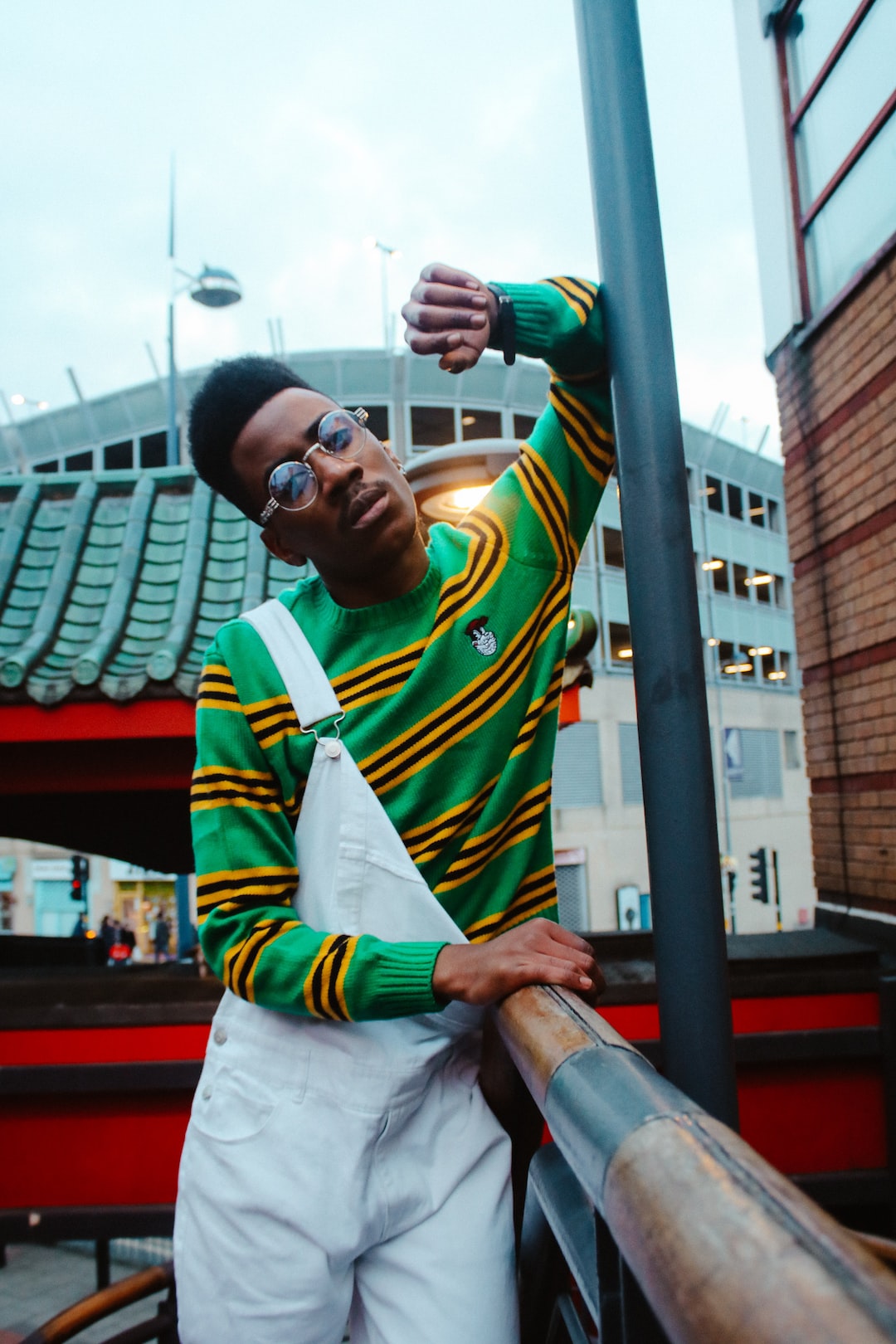Embracing Cultural Fashion: Explore Traditional Attire from Around the World
Fashion is a powerful form of expression that allows individuals to showcase their unique style and identity. While trends come and go, there is something timeless and captivating about traditional attire from different cultures around the world. These garments embody the rich heritage, history, and values of a particular society, making them not only visually appealing but also deeply meaningful. In this blog post, we will explore some of the most fascinating traditional attires from various countries and the significance they hold.
1. Kimono – Japan
The kimono is synonymous with Japanese culture and is one of the most recognizable traditional garments in the world. This robe-like attire, characterized by its T-shaped silhouette, is typically made from silk and features beautiful patterns and intricate details. The kimono represents elegance, grace, and respect for tradition in Japanese society.
2. Saree – India
The saree is a quintessential Indian attire that has been worn for centuries by women of all ages and backgrounds. This long piece of cloth is draped around the body in various ways, showcasing the stunning craftsmanship and vibrant colors. The saree symbolizes femininity, grace, and the rich cultural heritage of India.
3. Hanbok – South Korea
The hanbok is the traditional clothing of South Korea. This colorful and elegant attire is characterized by its wide, billowing skirt and its unique wrap top. Hanboks are typically made from silk or cotton and often feature delicate embroidery. Worn during special occasions, the hanbok represents the pride, beauty, and grace of Korean culture.
4. Boubou – West Africa
The boubou is a loose, flowing garment worn by both men and women in West Africa. Made from colorful fabrics such as wax prints, the boubou is known for its vibrant patterns and bold designs. This attire symbolizes cultural identity, pride, and unity within African communities.
5. Dirndl – Austria
The dirndl is a traditional Alpine dress worn in Austria, Bavaria, and other parts of Central Europe. It consists of a bodice, blouse, full skirt, and apron. The dirndl is often associated with celebrations such as Oktoberfest and represents rural traditions, femininity, and a connection to nature.
6. Kente Cloth – Ghana
Kente cloth is a colorful and intricately woven fabric that holds great significance in Ghanaian culture. Traditionally worn by royalty and during special ceremonies, each pattern and color carries a specific meaning and symbolism. Kente cloth is a symbol of cultural heritage, status, and pride in Ghana.
7. Cheongsam – China
The cheongsam, also known as qipao, is a traditional Chinese dress that gained popularity in the 1920s. This figure-hugging and elegant dress typically features a high collar and a slit skirt. The cheongsam represents the grace, beauty, and femininity of Chinese culture, and is often worn during formal events.
8. Kilts – Scotland
Kilts are the traditional attire of Scotland and are often associated with Scottish heritage and history. Made from tartan fabric, kilts are pleated skirts worn by men along with accessories such as sporrans and kilt pins. Kilts symbolize Scottish pride, bravery, and a strong connection to cultural roots.
9. Thawb – Middle East
The thawb is a traditional robe-like garment commonly worn by men in the Middle East, particularly in countries like Saudi Arabia and Qatar. This ankle-length, loose-fitting dress is typically white and made from lightweight fabrics suitable for the region’s hot climate. The thawb represents modesty, simplicity, and adherence to religious and cultural values.
10. Kimono – Korea
Distinct from the Japanese kimono, the Korean kimono, also known as hanbok, is a traditional attire worn during special occasions in Korea. The hanbok features a wrap top, voluminous skirt, and vibrant colors. The Korean kimono represents the elegance, beauty, and the fascinating history of Korean culture.
In conclusion, traditional attires from around the world carry immense significance, embodying the values, heritage, and identity of different cultures. By embracing and appreciating traditional fashion, we showcase our respect for diversity, preservation of cultural heritage, and the beauty that lies within the intricate craftsmanship of these garments. Let us celebrate the richness of cultural fashion and honor the stories they tell.

